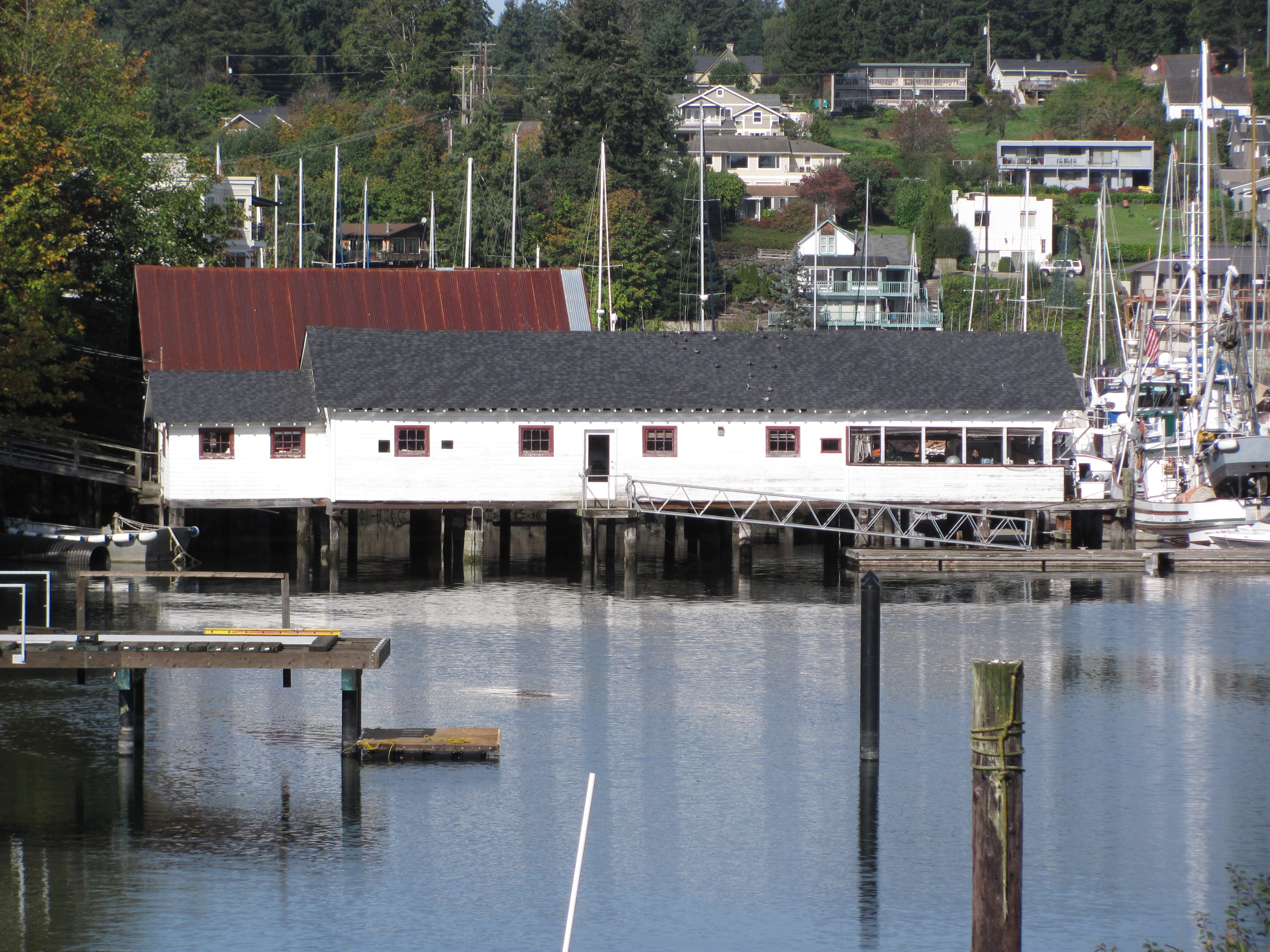HARVEST FROM THE SEA: FISHING TECHNIQUES (no. 13)
Apr 06, 2011
Harvest From The Sea
Fishing Techniques - Overview
 Up until the beginning of the 20th century, fishing in Washington state still occurred mostly by methods adopted from Northwest Native Americans. These methods included line and hook, reef nets, basketwork, brush weirs, and fish traps. Fish traps were set up along river migration routes and along shorelines. Fish wheels, which were essentially large rotary scoops, also became popular.[1] Fishing techniques in Washington adapted to allow for increased harvest and more off-shore, deep water large hauls. In the 20th century, Washington fishermen began to use expanded, large-scale hook and line (trolling), encirclement (purse seines), entanglement (gill nets), and entrapment (stationary traps/pound nets). After fish traps and wheels were banned in the 1930s, nets became the most common method in commercial salmon fishing. Yet another fishing method, which is starting to make a comeback, is the long line method.
Up until the beginning of the 20th century, fishing in Washington state still occurred mostly by methods adopted from Northwest Native Americans. These methods included line and hook, reef nets, basketwork, brush weirs, and fish traps. Fish traps were set up along river migration routes and along shorelines. Fish wheels, which were essentially large rotary scoops, also became popular.[1] Fishing techniques in Washington adapted to allow for increased harvest and more off-shore, deep water large hauls. In the 20th century, Washington fishermen began to use expanded, large-scale hook and line (trolling), encirclement (purse seines), entanglement (gill nets), and entrapment (stationary traps/pound nets). After fish traps and wheels were banned in the 1930s, nets became the most common method in commercial salmon fishing. Yet another fishing method, which is starting to make a comeback, is the long line method. 
Fishing Communities – A Way of Life
Fishermen and their families were at least partially responsible for molding their communities, including Gig Harbor, Anacortes, Everett, and many more. The early immigrants often came from Northern or Eastern Europe and encouraged relatives to follow, thus forming strong ethnic enclaves. Fathers fished with their brothers and sons, passing along traditions and family businesses. Seamanship was taught from a young age. Women and girls had important roles in the industry as cannery/processing workers, especially from about the 1930s. Life revolved around the sea and the fishing seasons. Sending crews off in the spring for the north and welcoming them home in the fall became a widespread, tradition. In Everett, “Get Away Day” marked the start of the annual salmon season, as the Everett fishing fleet went to Alaska every year. Even during the winter off-season, there was work to be done from land. Fishermen repaired nets, worked on their boats, and sometimes built boats.
[1] H. M. Corning, The New Washington: A Guide to the Evergreen State (Portland, Oregon: Binfords & Mort, 1950), 84.




